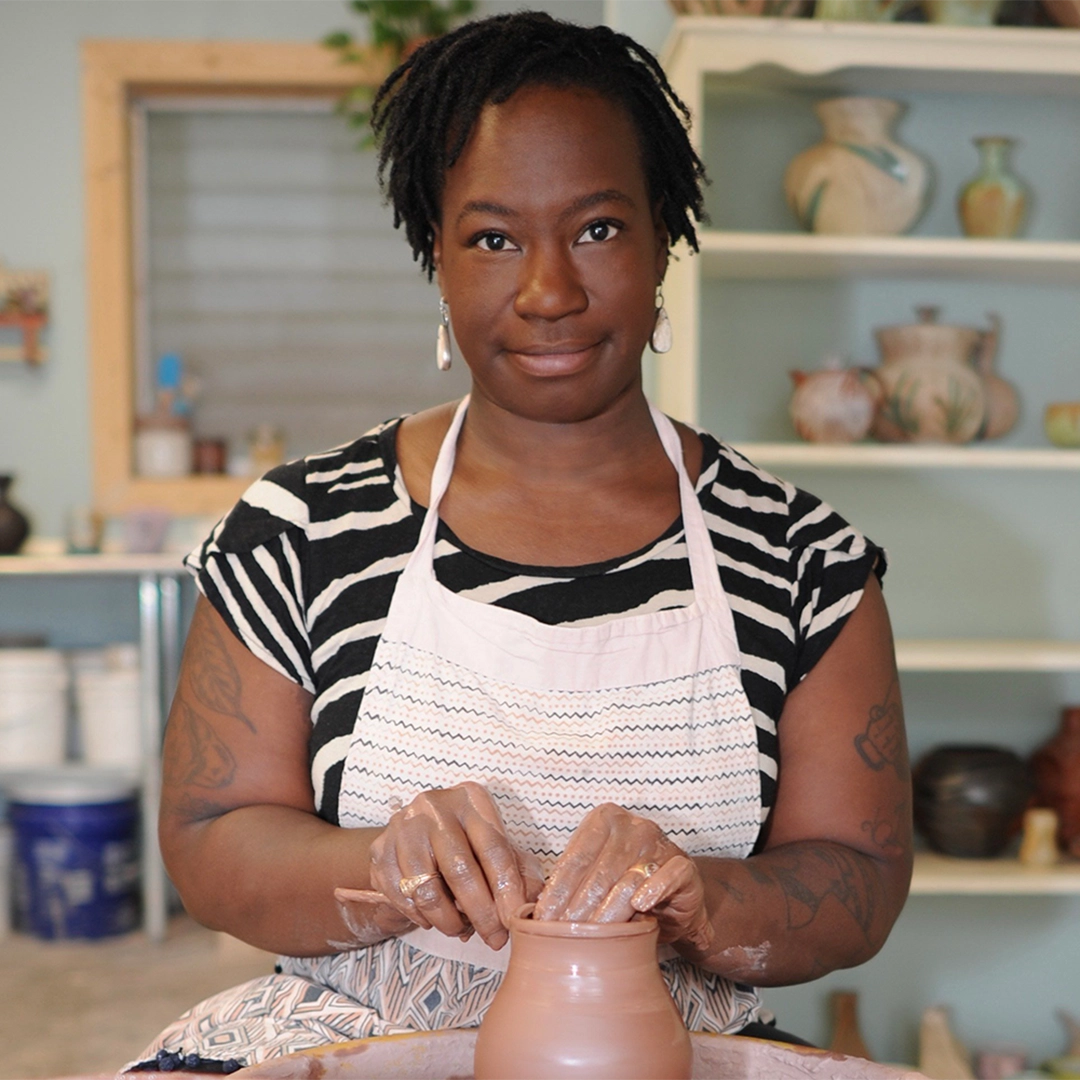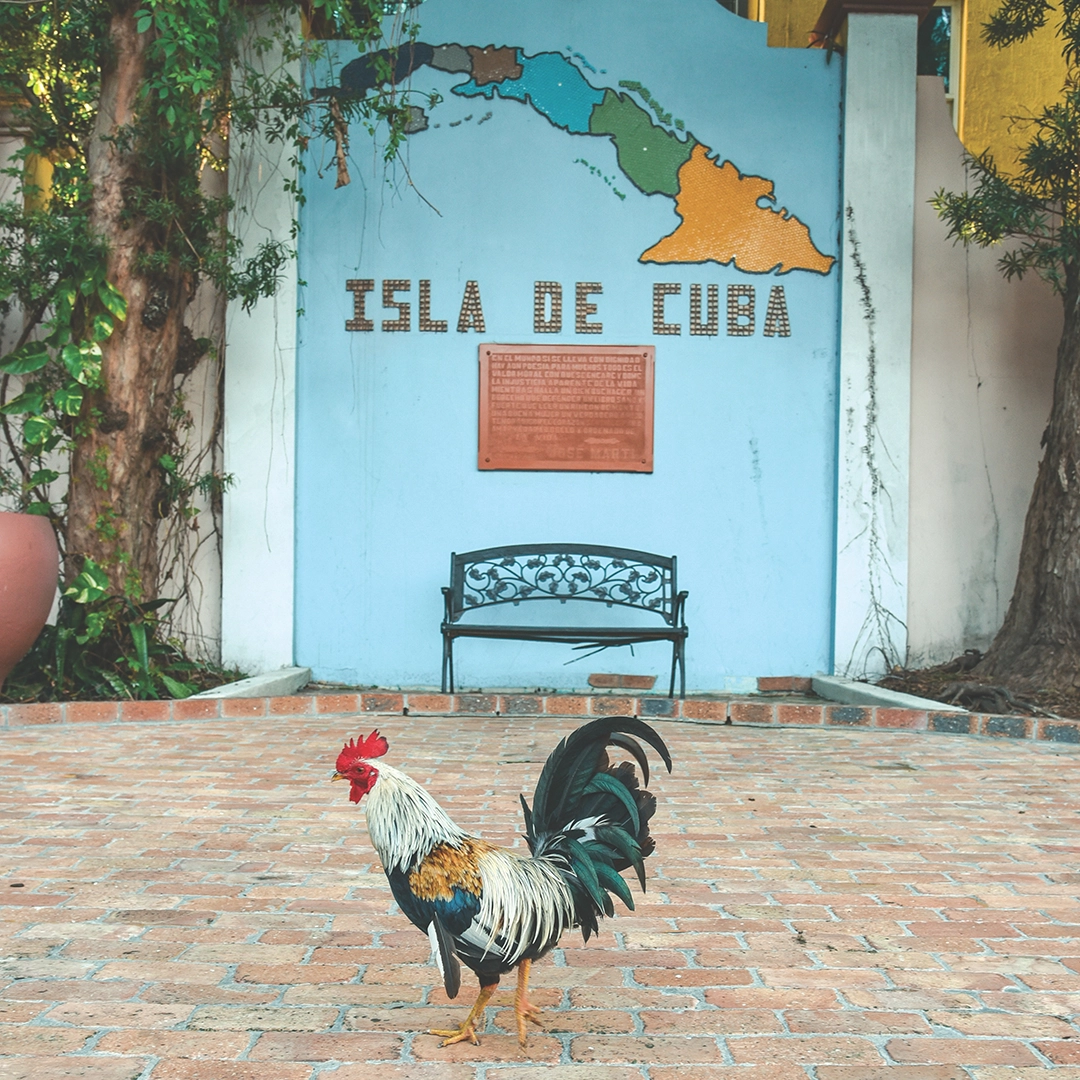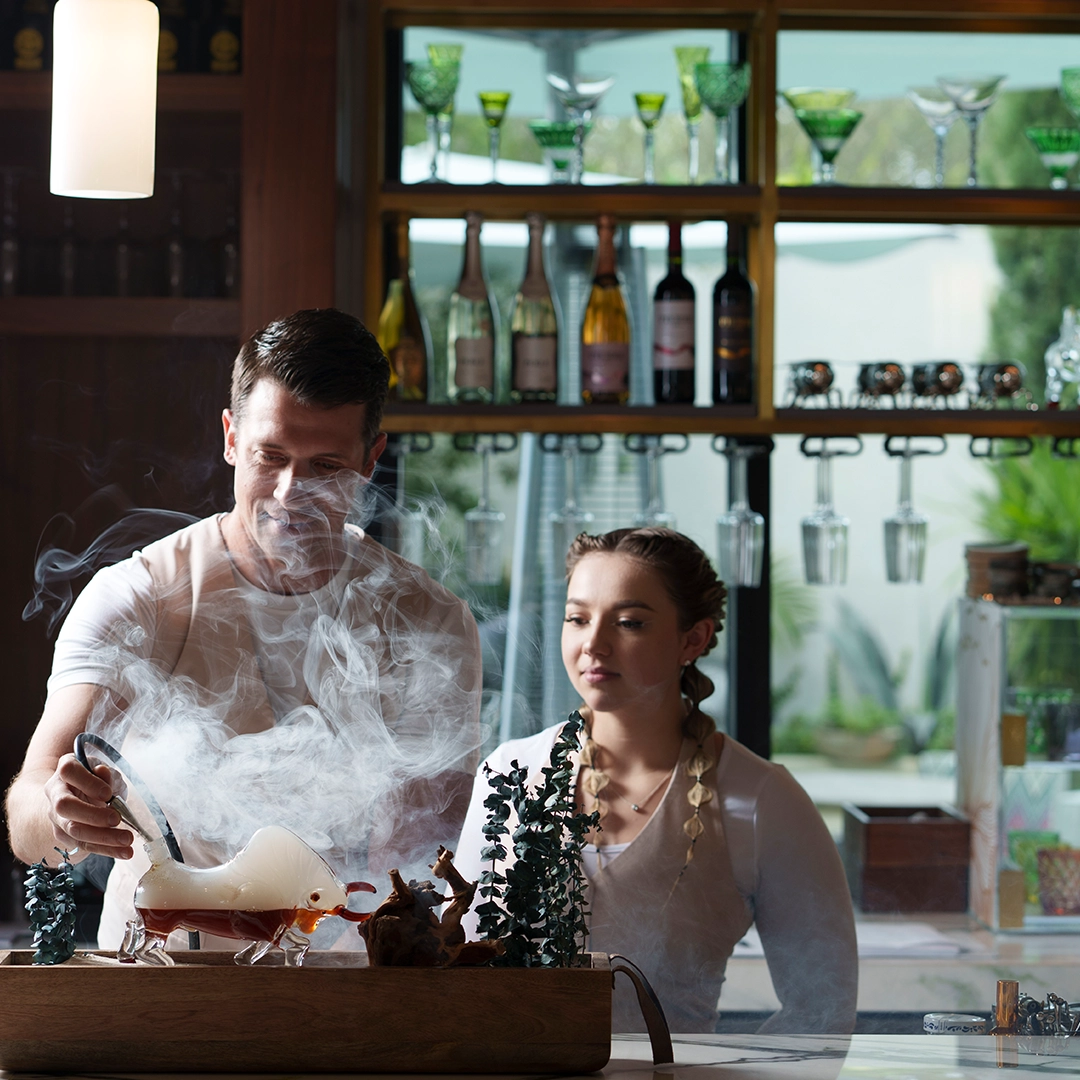Discovering Gyotaku: The Art of Fish Blocking with Harley Van Hyning
With acrylics, cotton canvas and sometimes a blow-dryer, Harley Van Hyning celebrates the life essence of Florida fish in the world’s luckiest fishing village.
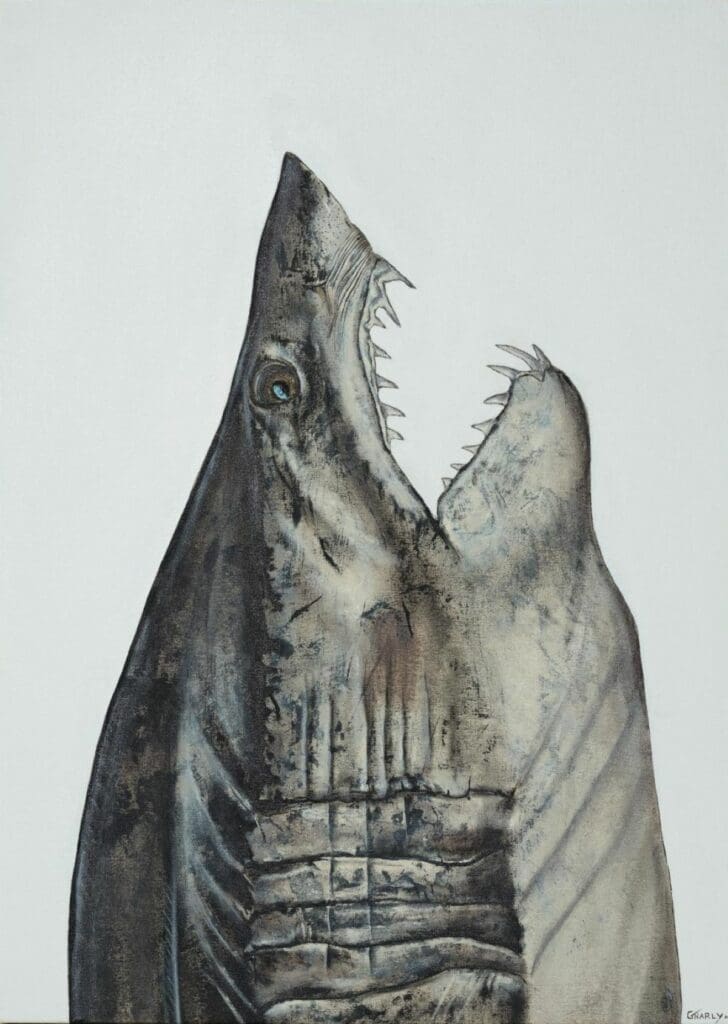
Bright Florida sun blankets Harley Van Hyning, an avid surfer and fisherman, as he slathers a 434-pound blue marlin with paint. A growing crowd forms on the Destin docks while he towers his 6’3” frame over the fish, pressing the cotton canvas against its flesh and fins, battling the elements to finish before the paint dries. He lifts the canvas and a true-to-life image emerges, all the way down to the fanning of the fins.
Van Hyning is practicing Gyotaku, the Japanese art of fish blocking. The ancient tradition of Gyotaku began in the 1800s as a way for fishermen to record their catches, while also documenting the animal’s life essence as a sign of respect.
Van Hyning works to tell the ocean’s stories while also preserving memories for those who fish Florida waters. Traditional Gyotaku artists utilize sumi black inks and washi paper, but Van Hyning employs canvas and acrylic paint in a myriad of colors. He started dabbling in Gyotaku in 2014 while making T-shirts for his lifestyle brand, Live Like Destin, but a conversation with his mother, also an artist, fueled his passion for the medium.
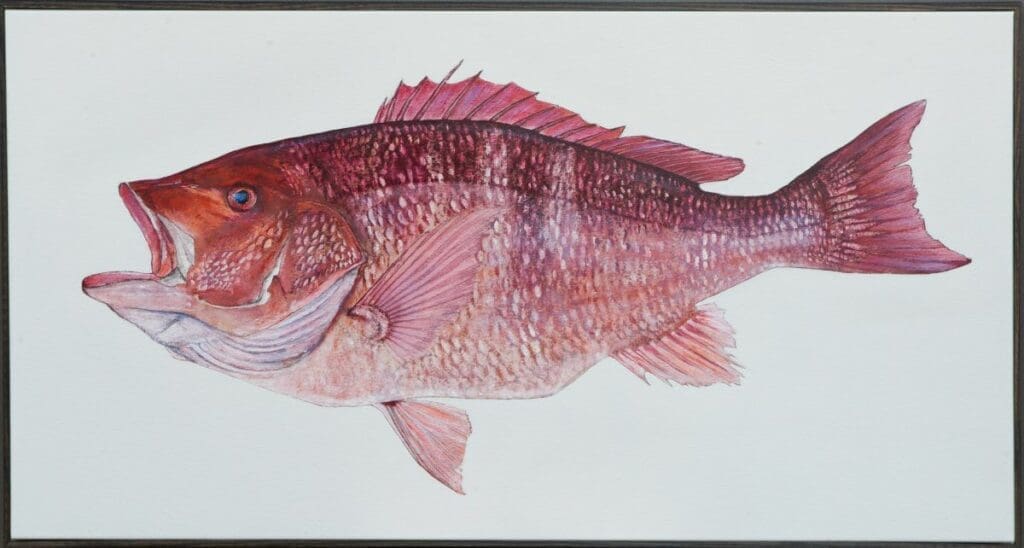
Her directive? “Screw the bloody T-shirts; do more of this!” That, on top of a friend’s insistence that he sign up for the Destin Fishing Rodeo in 2016, set him on a new creative path. Countless hours of canvas-stretching lessons from his mom helped him hone the supporting skills. Late-night phone calls with boat captains bringing in extraordinary catches, like that 434-pound blue marlin he imprinted, helped build his reputation with the fishermen as a serious artist. While short windows of intense concentration sitting in “nonstop yoga holds and poses,” sometimes with a blow-dryer to speed the process on cloudy days, became his daily routine.
Just across the street from the dock lies his studio. Here he decides whether to leave the prints in their raw form or add detail to enhance the basic fish block. A raw print of a scarlet red snapper hangs just inside the door, adjacent to a detailed sunfish. Both capture the species in different ways. The snapper looks like what you imagine from fish markets, with vibrant red flesh and elegant fins. The sunfish goes deeper, revealing the texture of the scales, the flaring on the fins and the outline of the body. The raw print comes to life as Van Hyning highlights the sea creature’s natural features and anatomy.
He keeps a catalog of marine animal images on his phone to study for inspiration, but often artistic decisions happen in the moment, when the fish first comes off the boat.
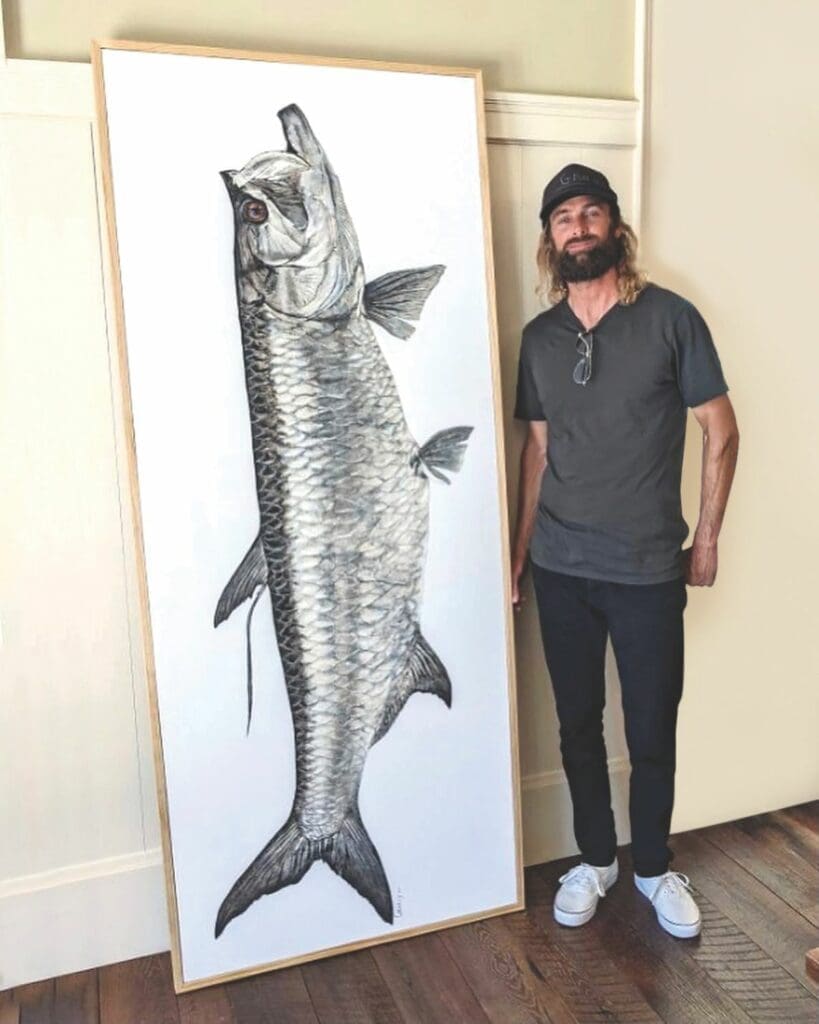
“Sometimes I’ll get the mouth all flared open. Some fish have smaller scales, so I’ll use different (paint) consistency versus say a marlin that has more of a textured type skin and bony scales—I want to capture that sharpness that makes them move so fast in the water,” he said.
He strives to keep everything smooth in color so it blends without showing brush strokes or thick lines of paint. All of this happens out in the elements on Destin’s busy docks, where he works quickly to make the fish’s impression on canvas before returning the fisherman’s catch so they can clean and process the fish.
That relationship with Florida fishermen inspires Van Hyning. “To share that memory or experience, to see the excitement and capture it for them, it’s special,” he said. His passion is also fueled by those moments when a rare catch comes in. He added, “An 800-pound marlin gives you perspective. I’ve got my hands on this giant fish that probably swam through the Atlantic, maybe the Azores or Brazil, maybe it’s gone all the way up the East Coast and back around—it’s wild to think about a fish like that, a nomad of
the ocean.”
Like with his love for surfing, the constant churn of printing keeps him engaged. “You’re always being challenged or always being humbled. I can paint an octopus 20 times, but none will ever be the same. I keep diving more into the technical details. It’s a never-ending learning experience.”
Whether you meet him on the docks in the Panhandle, call him from the boat or make an appointment to peruse the ample inventory at his studio, Van Hyning is always eager to talk about his respect for the ocean and its inhabitants. He added, “Gyotaku obviously requires things to be deceased. Of course, you’d love to see it still living, but there’s beauty in being able to honor that life form—how it looks, its colors—with paint. Appreciating the life form keeps me coming back to the docks.”

